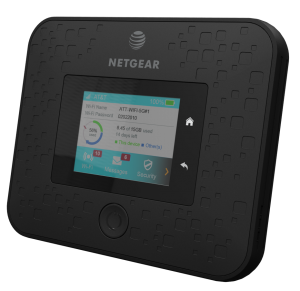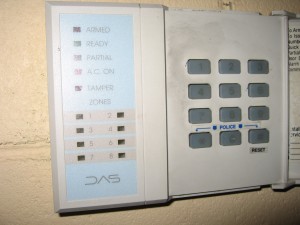AT&T moves towards a Mi-Fi with full 5G and Wi-Fi 6 for the American market
Article 
AT&T adds new a Netgear 5G hotspot that you will actually be able to buy | CNet
From the horse’s mouth
AT&T
NETGEAR Nighthawk 5G Hotspot Pro Arrives at AT&T Sept. 18 (Press Release)
5G Product Page (announcing pending arrival of this Mi-Fi hotspot)
NETGEAR
NIGHTHAWK® M5 MOBILE ROUTER (MR5200) – Product Page
My Comments
Telstra has become the first telco in the world to offer a “Mi-Fi” mobile-broadband router that supports both 5G mobile broadband across all bands including mmWave on the Internet side and Wi-Fi 6 connectivity on the LAN side. This was offered when they initially launched their 5G mobile broadband service and this kind of coverage was important for Australian use where 5G services are likely to be deployed in sparsely-populated regional and rural areas.
AT&T now is offering to the general American public a Mi-Fi device that works on the full 5G waveband for its Internet connection side, and Wi-Fi 6 for its local network side. Here, that covers the lower frequencies of the 5G waveband along with the higher frequencies associated with mmWave coverage.
They previously offered a 5G Mi-Fi device but this was offered to a very limited customer base. Also Verizon offers a similar device with 5G and Wi-Fi 6 but their device only works the mmWave bands rather than the whole of the 5G band.
In addition, the Netgear Nighthawk 5G Mobile Hotspot Pro, also known as the MR5200, that AT&T offers has an Ethernet LAN connection for use with printers, network-attached storage devices, desktop computers and smart TVs. It has USB-C connectivity, most likely for power and data (5G modem) functionality.
The Netgear Nighthawk 5G Mobile Hotspot Pro is fit for purpose with American emergency service thanks to its ability to work with FirstNet, which is AT&T’s LTE emergency-services communications network,
This device is expected to cost US$510 upfront or US$17 / month over 30 months before service costs. As well, AT&T are offering data service plans for this device with you paying US$60 per month for a 15Gb monthly data allowance or US$85 per month for 35Gb.
Their overage fee is US$10 for every 2Gb over your plan’s limit and, at the moment, they don’t have a “throttled bandwidth” option available for their plans in lieu of that. That will limit AT&T’s 5G mobile-broadband service’s role to a secondary or temporary Internet service. It is symptomatic of an American telecommunications and Internet-service that has become highly concentrated over the last five years with it heading slowly back to the “Ma Bell” days.
AT&T is rolling out 5G mobile-broadband coverage over most of the key cities in the USA that matter with this coverage increasing at the moment.
But AT&T’s Netgear Nighthawk 5G Mobile Hotspot Pro is one of the first devices of this kind offered to a dense Northern-Hemisphere country that ticks all the boxes for the latest wireless mobile-communications technologies. That is to provide 5G mobile broadband across the low frequency bands and high-frequency mmWave bands and supply this data across a Wi-Fi 6 LAN.
It is showing that mobile-telephony carriers are fronting up with Mi-Fi devices that work the 5G mobile broadband and WI-Fi 6 standards, leading to some very capable devices and services.



